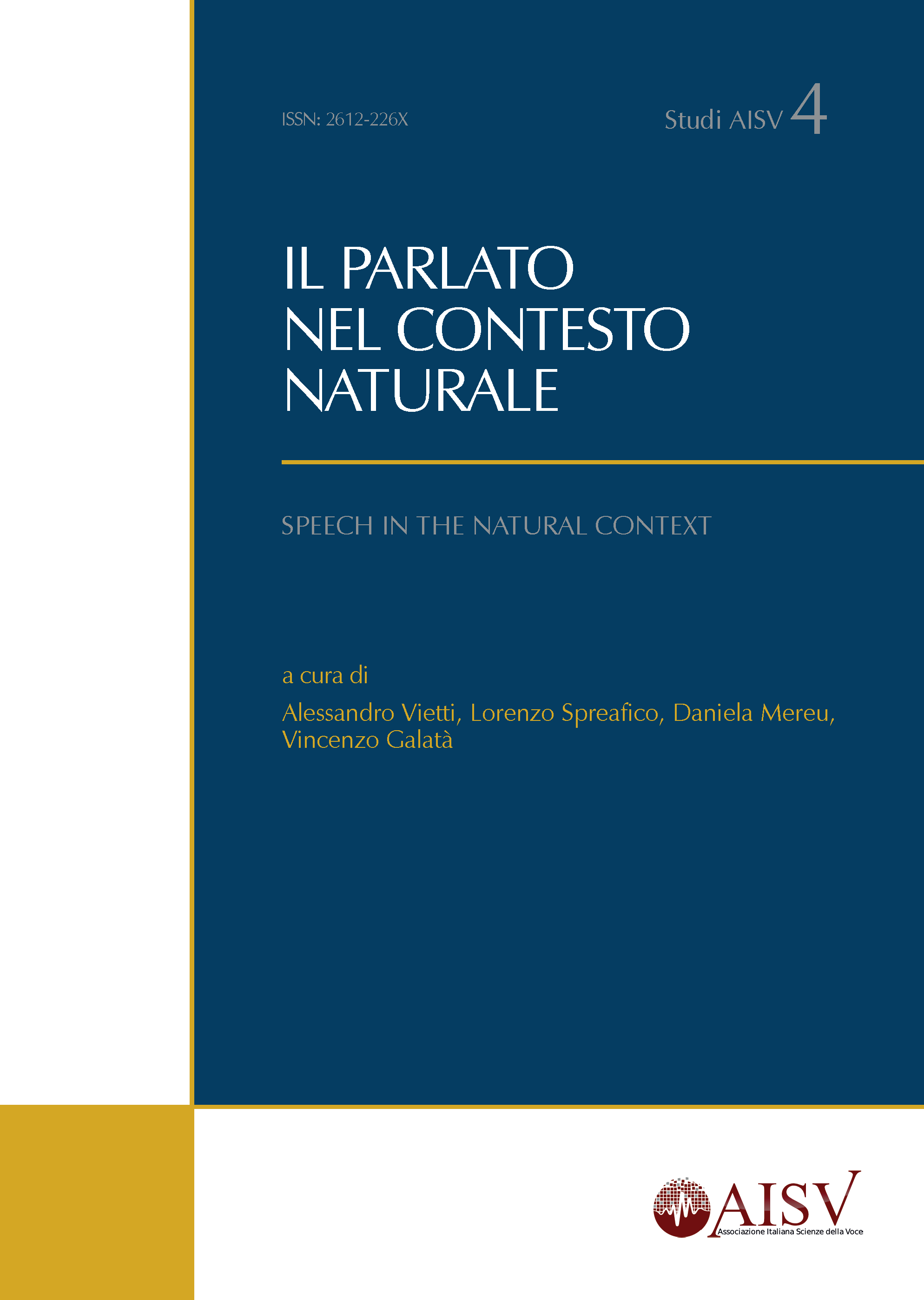An examination of oral articulation of vowel nasality in the light of the independent effects of nasalization on vowel quality
DOI:
https://doi.org/10.17469/O2104AISV000002Keywords:
vowel nasality, vowel quality, articulation, acoustics, sound changeAbstract
In this paper, a summary is given of an experimental technique to address a known issue in research on the independent effects of nasalization on vowel acoustics: given that the separate transfer functions associated with the oral and nasal cavities are merged in the acoustic signal, the task of teasing apart the respective effects of the two cavities seems to be an intractable problem. The results obtained from the method reveal that the independent effects of nasalization on the acoustic vowel space are: F1-raising for high vowels, F1-lowering for non-high vowels, and F2-lowering for non-front vowels. The results from previous articulatory research performed by the author on the production of vowel nasality in French, Hindi, and English are discussed in the light of these independent effects of nasalization on vowel quality
Downloads
Published
Issue
Section
License

This work is licensed under a Creative Commons Attribution-NonCommercial 4.0 International License.





